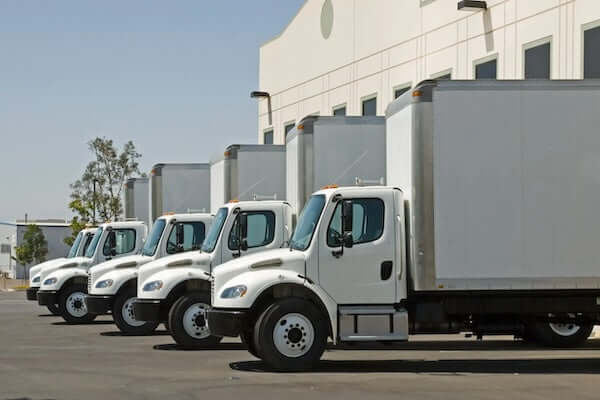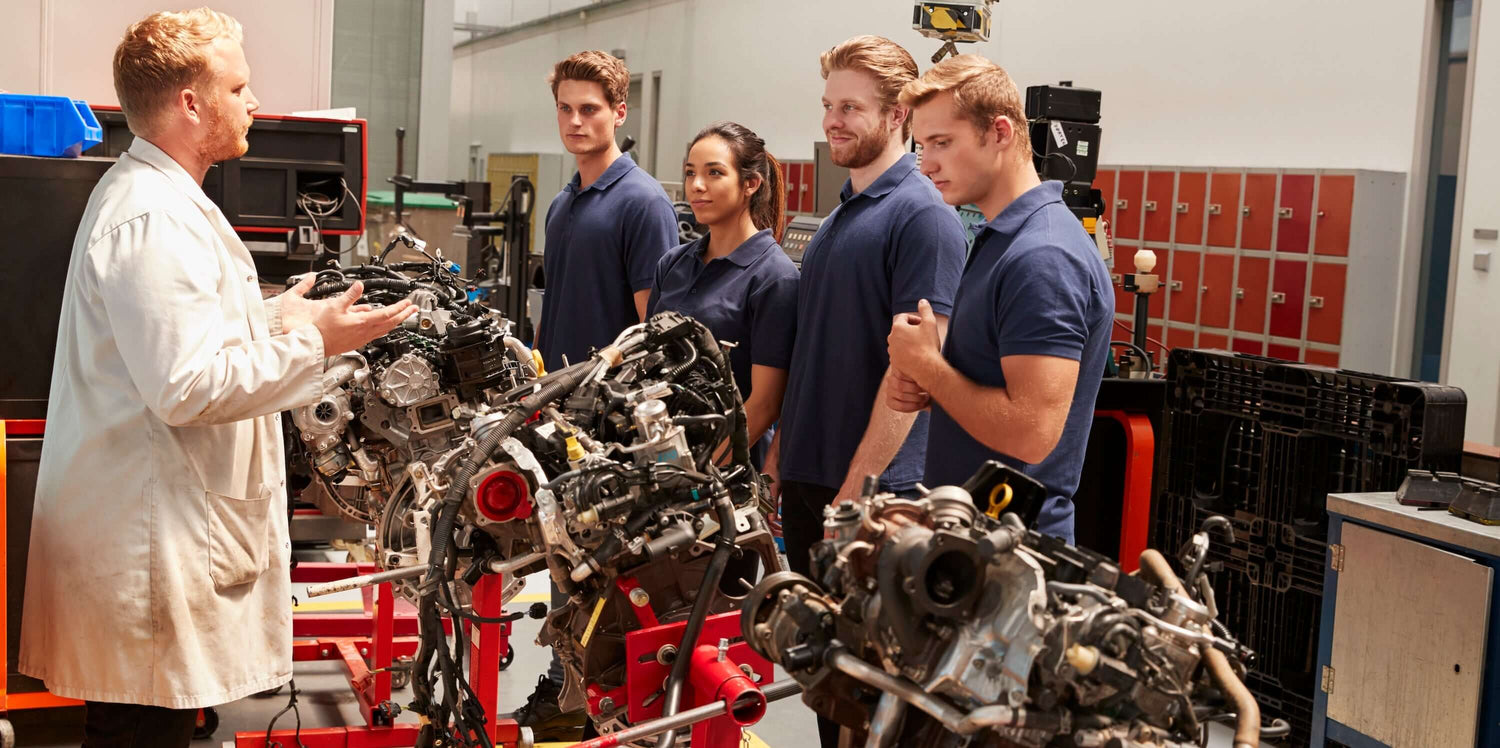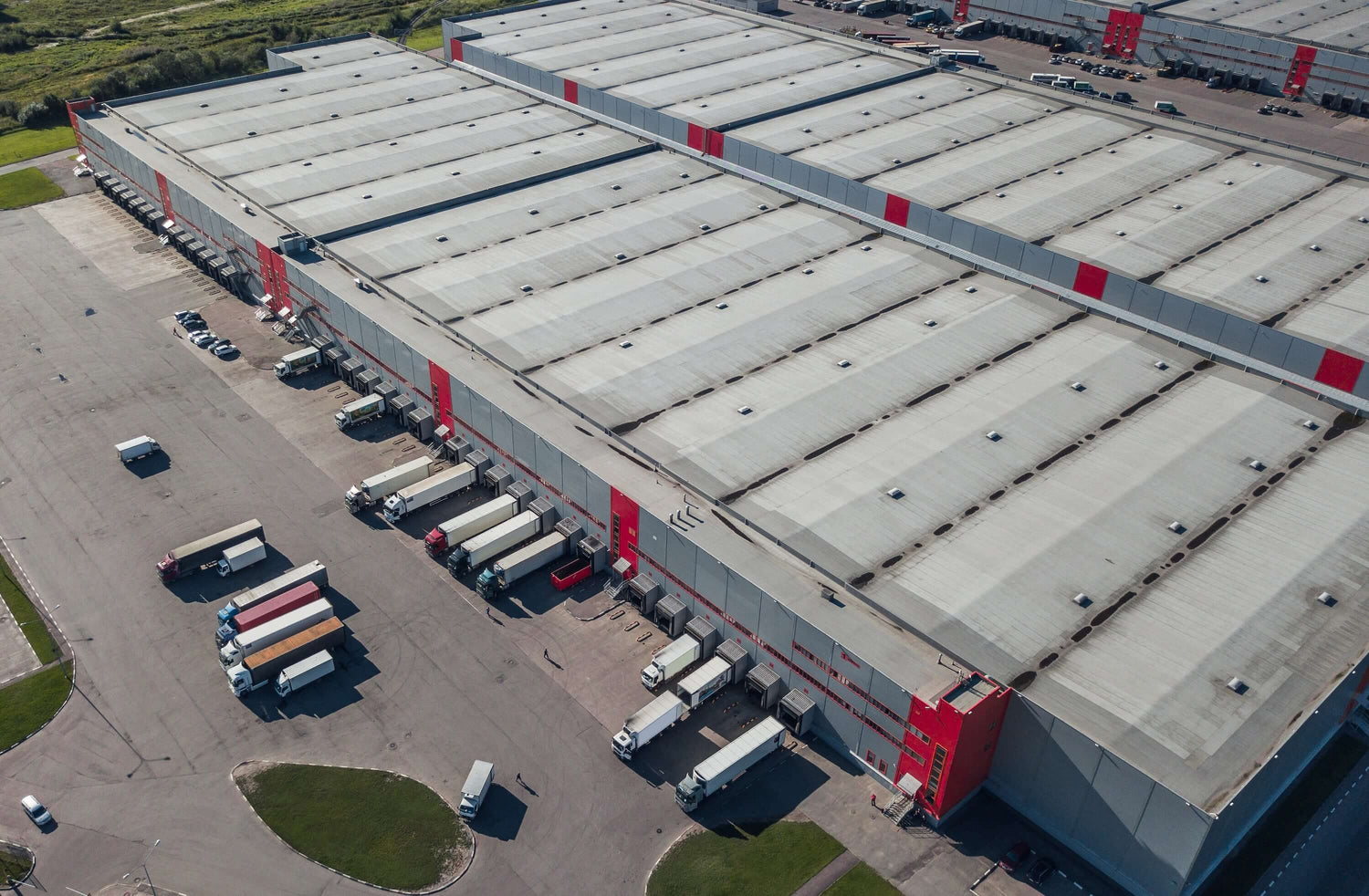The Subaru Outback from 2013 to 2017 is one of the most reliable crossovers on the market, offering a blend of rugged capability and daily comfort. Yet with high mileage or years of wear, even a dependable Subaru engine may need replacement. Swapping the engine is a complex but rewarding project that can give your Outback a second life. This guide explains the process step by step. At Power Engines, we supply OEM-quality, road-legal replacement engines built for Subaru vehicles, ensuring compliance, reliability, and an easier installation.
Preparation and Tools Required
Before beginning, gather essential tools including an engine hoist, hydraulic jack, jack stands, torque wrench, complete socket and wrench sets, screwdrivers, pliers, and drain pans. Fresh fluids such as engine oil, coolant, and transmission fluid will be needed. Park the Outback on level ground, disconnect the battery, and make sure the engine has cooled fully before starting.
Step 1: Remove the Hood and Drain Fluids
Unbolt and remove the hood to create working space. Drain the oil, coolant, and transmission fluid into approved containers for safe disposal. Keeping the workspace clean helps avoid issues during reinstallation.
Step 2: Disconnect Wiring, Sensors, and Fuel Lines
Label and disconnect all wiring harnesses, vacuum hoses, and sensors connected to the engine. Relieve fuel system pressure, then carefully disconnect the fuel lines. Taking photos at this stage makes reassembly far easier.
Step 3: Remove Accessories and Cooling System
Remove the alternator, starter motor, A/C compressor, and power steering pump. In many cases, you can secure these aside without disconnecting their fluid lines. Remove the radiator, fans, and coolant hoses to clear the front of the bay.
Step 4: Disconnect Exhaust and Transmission
Unbolt the exhaust manifold from the catalytic converter. Support the transmission with a jack, then unbolt the bellhousing bolts connecting it to the engine. Automatic Outback models will require removing torque converter bolts; manual models will need the clutch assembly disconnected.
Step 5: Remove Motor Mounts and Extract the Engine
Unbolt the motor mounts from each side. Attach the hoist securely to lifting points on the engine and carefully raise it from the bay. Double-check all wiring, hoses, and mounts are disconnected before fully extracting the engine.
Step 6: Prepare the Replacement Engine
Transfer necessary parts from the old engine, including the intake and exhaust manifolds, sensors, and brackets, to the replacement engine. Replace all gaskets, belts, and seals at this stage for long-term reliability. At Power Engines, our Subaru-compatible engines meet OEM specifications and emissions standards, ensuring proper fitment and legality.
Step 7: Install the New Engine
Lower the replacement engine into the bay with the hoist, aligning it with the transmission and motor mounts. Torque all bolts to Subaru factory specifications. Reconnect the exhaust system, transmission, and all accessories.
Step 8: Reconnect Wiring, Fuel, and Cooling Systems
Reinstall the wiring harnesses, sensors, vacuum hoses, and fuel lines according to your labels. Refit the radiator, cooling fans, and hoses. Refill with fresh fluids including oil, coolant, and transmission fluid.
Step 9: Test and Break-In
Reconnect the battery and switch the ignition to ON to prime the fuel system. Start the engine and let it idle, monitoring for leaks, noises, or warning lights. Allow it to reach normal operating temperature before driving. For the first 500 miles, avoid high RPMs or heavy loads. Perform an oil change after the break-in period to ensure maximum longevity.
Replacing the engine in a Subaru Outback (2013–2017) requires patience and attention to detail, but it can restore your SUV’s performance and reliability. By sourcing a road-legal, OEM-quality replacement from Power Engines, you can ensure your new engine is compliant, dependable, and built to last. With the right tools and preparation, your Subaru will be ready for many more adventures.





